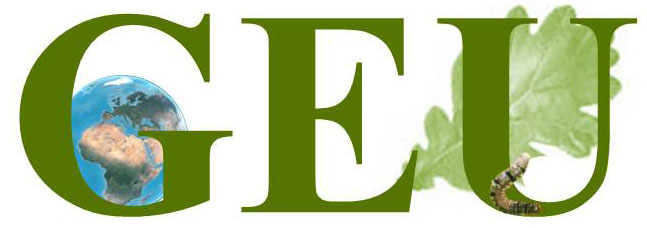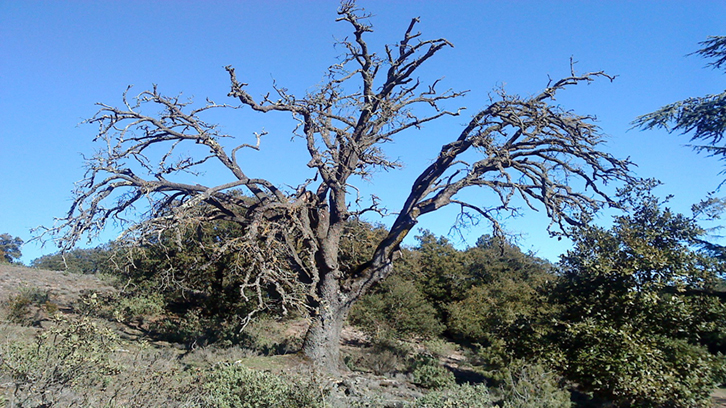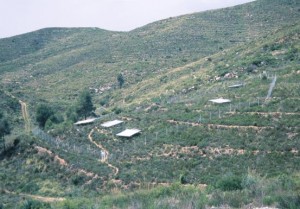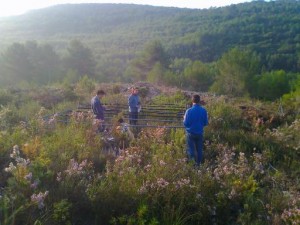
The three-dimensional form of trees, or tree architecture, reflects the allocation of photosynthetically fixed carbon within the plants. Tree architecture can be considered a by-product of environmental pressures on plant growth, reproduction and survival. Fine adjustments of the aboveground architecture of trees can minimise competition from neighbouring trees, improve hydraulic conductance, limit transpiration and maximise light capture.
In Amazonian forests, trees vary greatly in size and architecture across species, as a result of evolutionary processes over millions of years. Habitat fragmentation could potentially affect tree architecture and allometry, thus the architecture of Amazonian trees could be affected by disturbances arising from this forest fragmentation.
In a new study published in Nature Communications authors use ground surveys of terrestrial LiDAR in Central Amazonia to explore the influence of forest edge effects on tree architecture and allometry, as well as forest biomass, 40 years after fragmentation.
According to this study, the edges of forest fragments tend to have greater light availability due to the mortality of large trees and lateral light penetrating from the edges. “This may induce changes in tree architecture to optimise the capture and use of light under these new circumstances, including higher vertical and horizontal crown growth that modify branching patterns and crown shape. Higher temperatures and lower water availability in forest edges increase the evaporative demand of the vegetation, and trees can shorten the distances for transporting water and nutrients to minimise hydraulic conductance”, explains Dr. Matheus Henrique Nunes, from University of Helsinki and University of Maryland.
Authors tested two hypotheses, that: (1) both pre-existing trees established before forest fragmentation and trees that colonised the forest fragments had their architectural traits and allometry affected by forest edges, given the higher light availability, higher wind turbulence, the hotter and drier conditions near these forest edges and the high mortality of large trees that may damage their neighbours; and (2) the aboveground biomass of fragmented forests is impacted by edge effects on tree allometry, with potentially significant biome-wide implications.
Models presented in this study demonstrated that edge effects affected architectural traits, but these effects were dependent on when plants were established in the forest fragments. The surviving tall trees in the edges had higher surface area per unit volume of trunks, which demonstrates that edge effects led to thinner trunks. Results also demonstrate that short trees colonising the forest edges had thicker branches and trunks, owing to reduced branch surface area per unit volume and trunk surface area per unit volume, trees were more asymmetrical and had higher path fraction.
Thus, this study finds that young trees colonising the forest fragments have thicker branches and architectural traits that optimise for light capture, which result in 50% more woody volume than their counterparts of similar stem size and height in the forest interior. However, authors observe a disproportionately lower height in some large trees, leading to a 30% decline in their woody volume. Despite the substantial wood production of colonising trees, the lower height of some large trees has resulted in a net loss. “Our findings indicate a strong influence of edge effects on tree architecture and allometry, and uncover an overlooked factor that likely exacerbates carbon losses in fragmented forests”, concludes Prof. Josep Peñuelas, from CSIC-CREAF.
Publication: Nunes, M., Vaz, M., Camargo, J.L., Laurance, W., de Andrade, A., Vicentini, A., Laurance, S., Raumonen, P., Jackson, T., Zuquim, G., Wu, J., Penuelas, J., Chave, J., Maeda, E. 2023. Edge effects on tree architecture exacerbate biomass loss of fragmented Amazonian forests. Nature Communications 8129. Doi: 10.1038/s41467-023-44004.
















